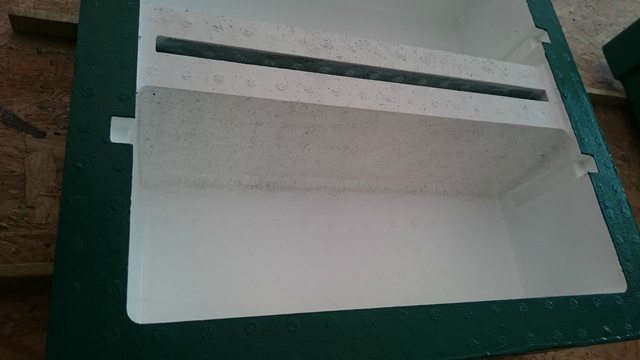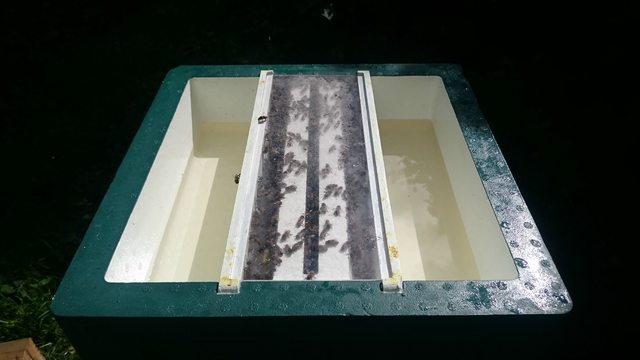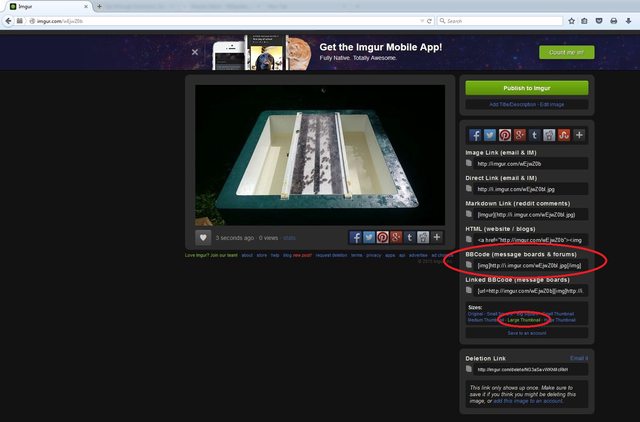Beecarer
House Bee
Just wondering if anyone on here uses these feeders. Had quiet a few drownings even with the sand added as a grip for them to climb on so I put some scaffold mesh screen draped down into the syrup and there is only a few drowning now.
One big headache is when you want to refill it and they have come down to the bottom of the syrup the feeder compartments become black with bees licking up the last of the sweet 'nectar', I tried smoking them out but its just too time consuming so I just leave it for a few days until they have it all completely cleaned up and then refill it. I might have to add a strip of hard plastic mesh along the bottom of the removable panels to keep them out until I want them to go in and clean it out completely.

Sand Painted onto feeder

Feeding happily away
One big headache is when you want to refill it and they have come down to the bottom of the syrup the feeder compartments become black with bees licking up the last of the sweet 'nectar', I tried smoking them out but its just too time consuming so I just leave it for a few days until they have it all completely cleaned up and then refill it. I might have to add a strip of hard plastic mesh along the bottom of the removable panels to keep them out until I want them to go in and clean it out completely.

Sand Painted onto feeder

Feeding happily away
Last edited:





















































